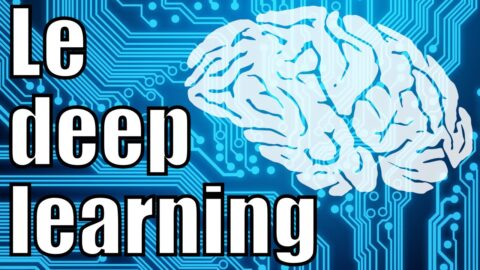A Deep Learning Approach to Integrate Human-Level Understanding in a Chatbot
Authors
Afia Fairoose Abedin1, Amirul Islam Al Mamun1, Rownak Jahan Nowrin1, Amitabha Chakrabarty1, Moin Mostakim1 and Sudip Kumar Naskar2, 1Brac University, Bangladesh, 2Jadavpur University, India
Abstract
In recent times, a large number of people have been involved in establishing their own businesses. Unlike humans, chatbots can serve multiple customers at a time, are available 24/7 and reply in less than a fraction of a second. Though chatbots perform well in task-oriented activities, in most cases they fail to understand personalized opinions, statements or even queries which later impact the organization for poor service management. Lack of understanding capabilities in bots disinterest humans to continue conversations with them. Usually, chatbots give absurd responses when they are unable to interpret a user’s text accurately. Extracting the client reviews from conversations by using chatbots, organizations can reduce the major gap of understanding between the users and the chatbot and improve their quality of products and services.Thus, in our research we incorporated all the key elements that are necessary for a chatbot to analyse andunderstand an input text precisely and accurately. We performed sentiment analysis, emotion detection, intent classification and named-entity recognition using deep learning to develop chatbots with humanistic understanding and intelligence. The efficiency of our approach can be demonstrated accordingly by the detailed analysis.
Keywords
Natural Language Processing, Humanistic, Deep learning, Sentiment analysis, Emotion detection, Intent classification, Named-entity recognition.
Full Text :
Abstract URL :
Volume URL :
#NaturalLanguageProcessing #Humanistic #Deeplearning #Sentimentanalysis #Emotiondetection #Intentclassification #Named-entityrecognition
Time Stamps
00:00 Objective
02:59 Findings from Literature Review
04:16 Research
04:51 Sentiment Analysis
07:51 Experimental Results
10:11 Emotion Detection
13:44 Intent Classification
16:00 Named-Entity Recognition
22:04 Conclusion










